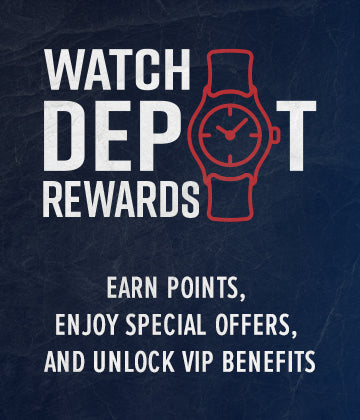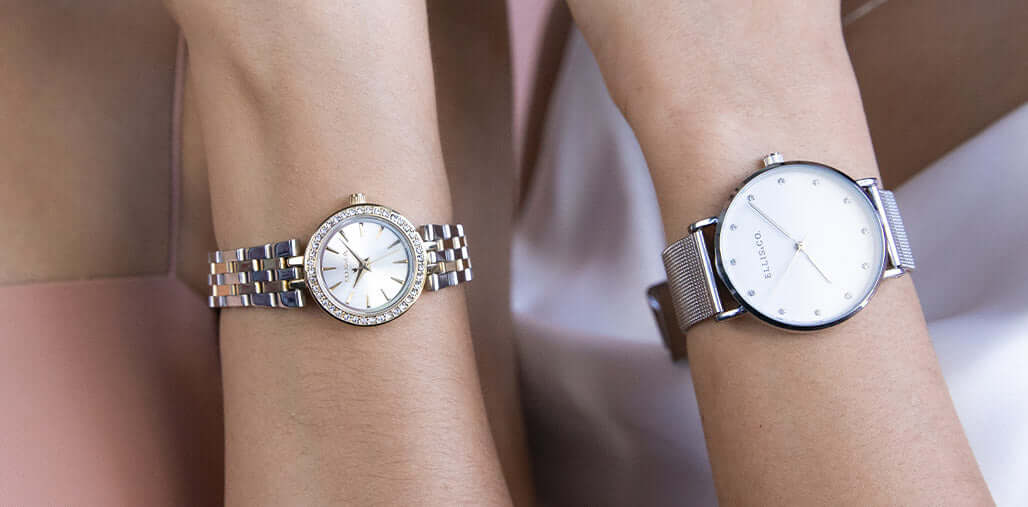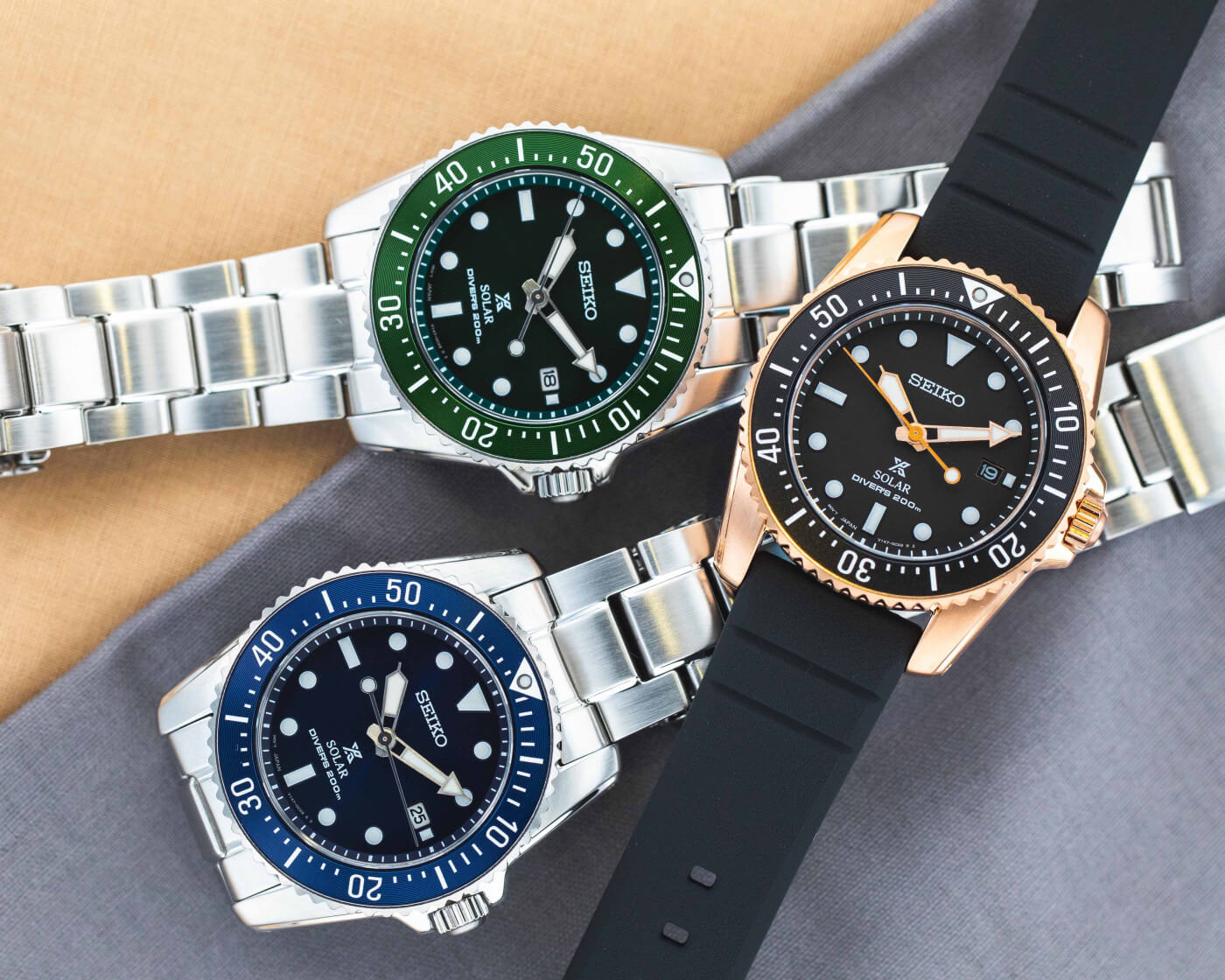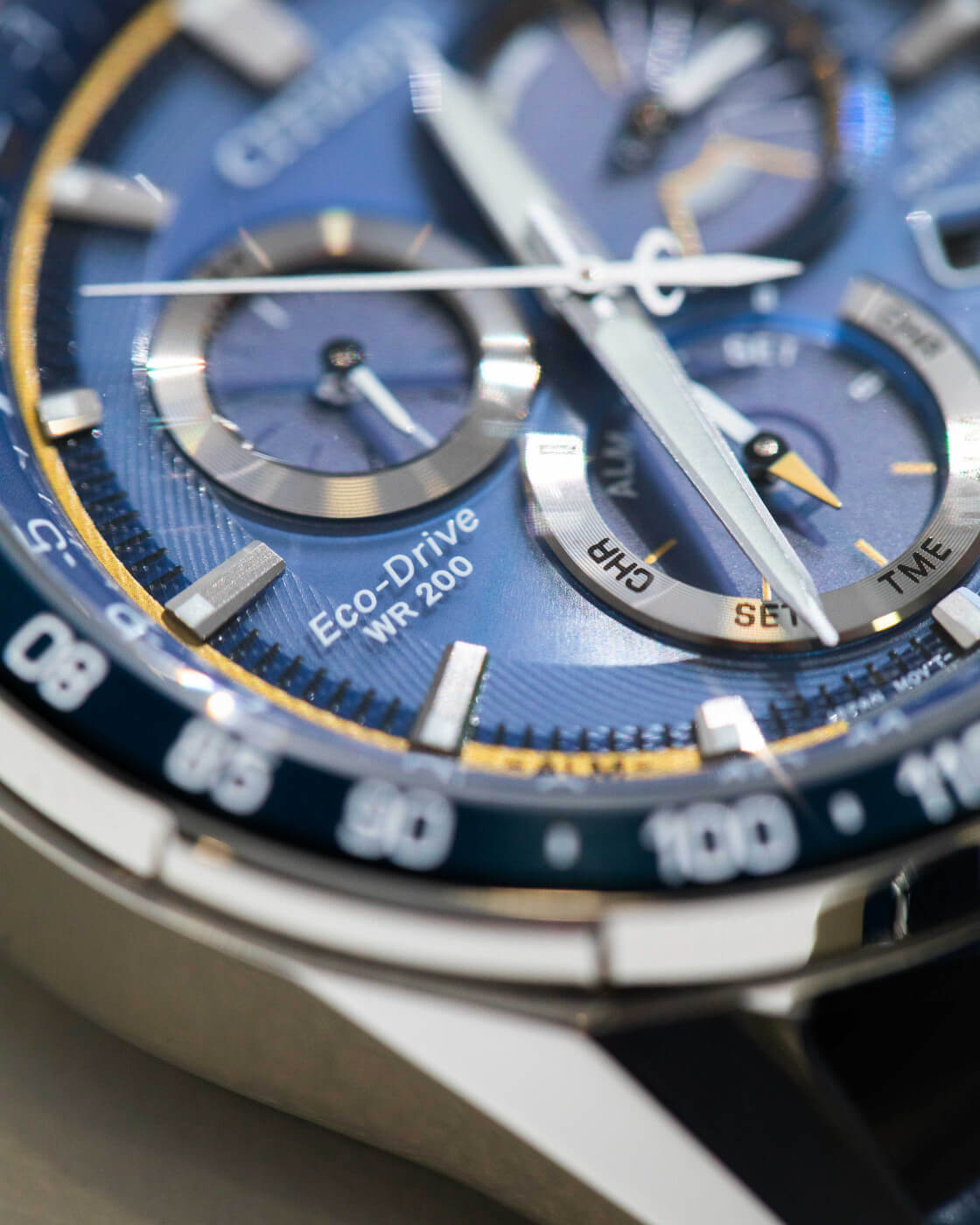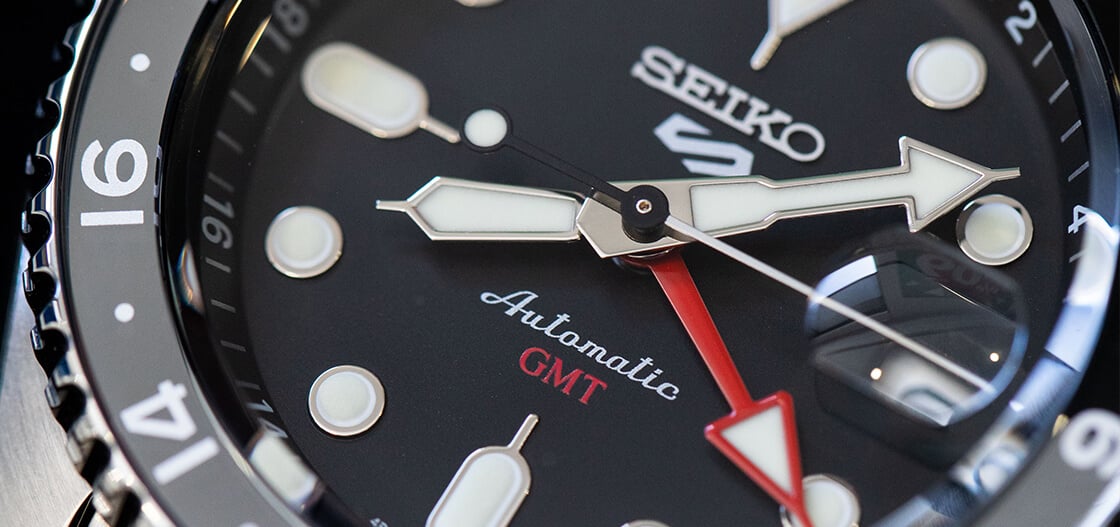Watches come in all shapes and sizes. From traditional circular faces to watches such as the Cartier Crash and Tag Monaco, the variety of different timepieces on the market is unending.
This article looks at fitting a watch appropriate to your wrist size, understanding the correct measurement + dimensions of a watch and finally how to size your watch bracelet to your wrist.
Table of Contents
- Watch Sizing Explained: Measurements and Tips for a Perfect Fit
- Tips for Choosing the Correct Watch Sizes for Your Wrist
- Know How Watches Are Sized
- Watch Case Diameter
- Always Measure Your Wrist
- How to Measure Your Wrist for Watch Sizing
- Select the Size of the Watch Band
- Always Try Before You Buy
- Frequently Asked Questions
Watch Sizing Explained: Measurements and Tips for a Perfect Fit
When selecting a watch, it’s paramount that before purchasing something you like aesthetically that it actually suits the size of your wrist. With watches coming in varying case diameters, band widths and lug-to-lug distances, it's extremely important that wearers understand these measurements to ensure a well-proportioned fit.
The primary way that people in the watch world will measure watches though is lug-to-lug distance, so what is it?
Lug-to-lug measure is the distance between the two most outer ends of the watch face to where the bracelet is attached. This is the easiest and most common way people assess whether a watch is appropriate for their wrist.
Tips for Choosing the Correct Watch Sizes for Your Wrist
There are a particular set of steps you should take to ensure your watch suits both your wrist and personal preferences.
Measure your wrist circumference:
By using a measuring tape around the area of your arm you wish for the watch to sit is an important step, especially when purchasing online and reading dimensions of particular watches.
Lug-to-Lug distance:
Once you have found out your wrist size, anywhere between 6 – 7 inches marry up with a watch with a 38-42mm case, while larger wrists (7 + inches) suit 40-42mm and above. Yet again, this is all subjective with many men opting to downsize their watch to go for a more minimal and classic look.
Consider Case thickness:
A thinner watch tends to be a more desirable choice as an everyday wear.
Something like the Citizen Quartz BI5000-87A is a good example of a classy watch that still has a thin silhouette.
Citizen Quartz BI5000-87A
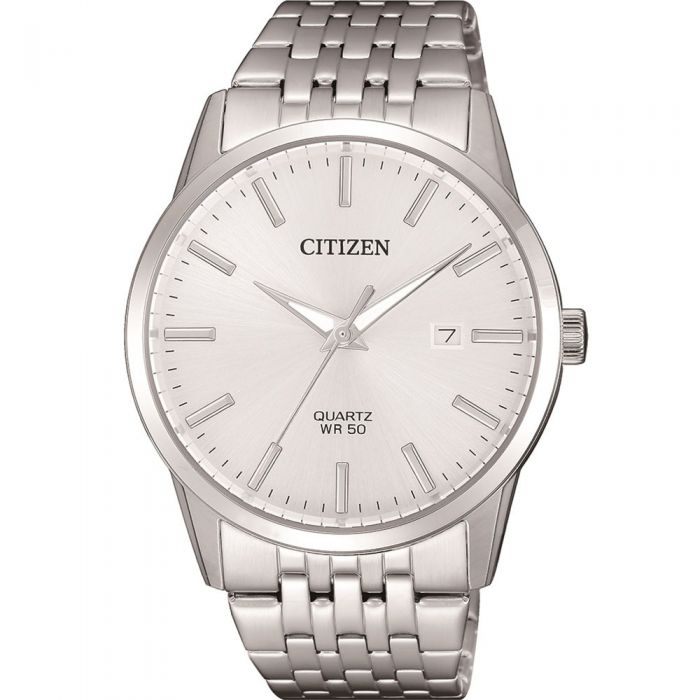
$135.00
$199.00
In the realm of timepieces, this Quartz-powered watch from the Gents Dress Collection embodies sophistication through simplicity and reliability. Offering a refined appearance and the durability necessary for daily wear, it is meticulously crafted from mineral glass and silver-toned stainless… read more
Choose the right band style:
Steel bracelets often feel heavier than that of leather, nylon or other material straps. It is for this reason it is important to consider comfort when selecting materials. Adjustability is a factor that many watch buyers seek due ensuring that their timepiece is always comfortable to wear.
Know How Watches Are Sized
Understanding how watches are sized is essential to finding the perfect fit. A watches Case Diameter is often one of the main measurements used to determine the size of a watch. This is found by calculating the measurement across the dial horizontally from one side to the other (not including the crown). Typically ranging from 28-50mm, the sweet spot how a watch wears from person to person differs.
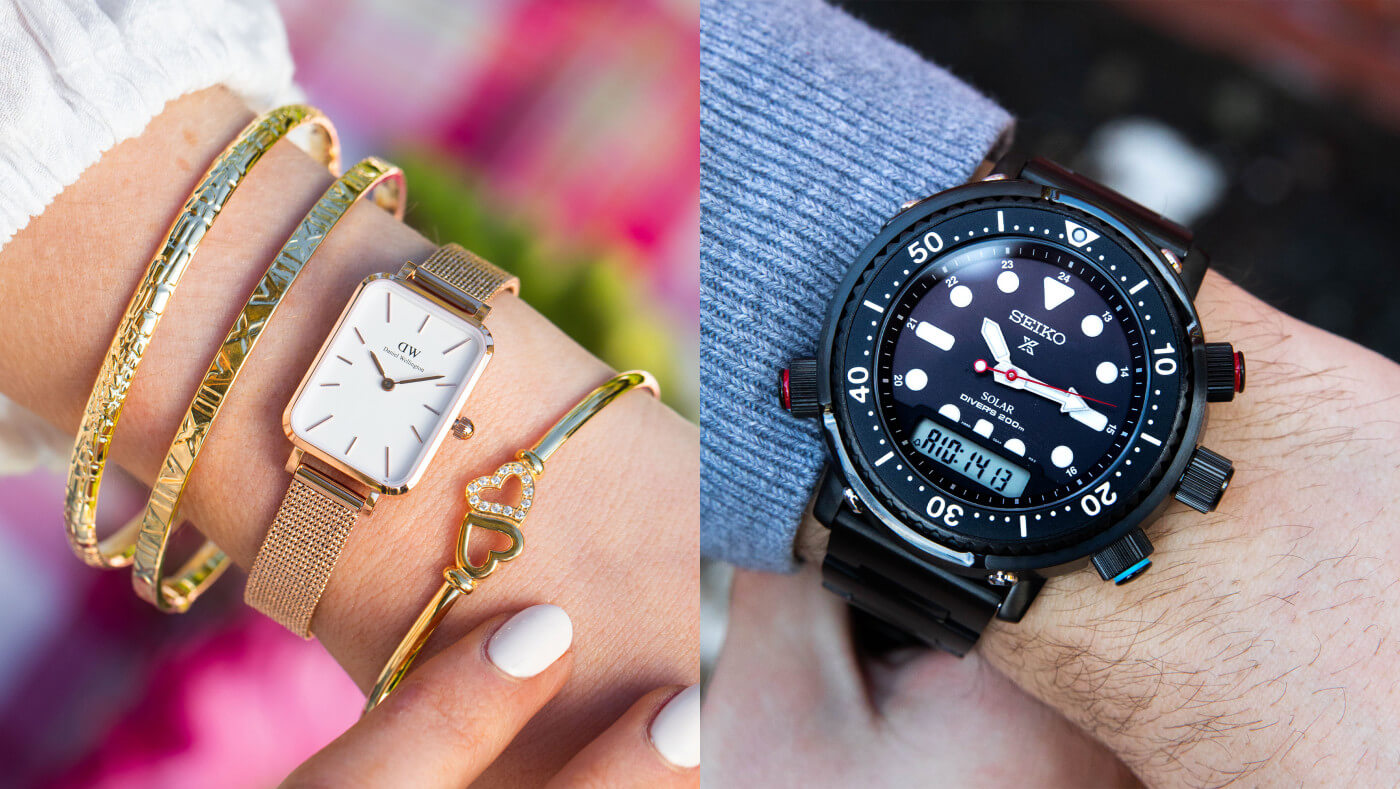
Another key measurement is case thickness, this influences how the watch will feel on your wrist. If pairing it with a suit, it is probably more preferable to go with a thinner case (6-8mm) as it will be a more comfortable fit with a tighter-fitting shirt. While thicker ones (12mm or more) provide a more casual, sporty look.
Lug width refers to the distance between watch lugs, as opposed to the distance between them on either side of the watch when measuring vertically. Most men’s watches come at a lug width of 18-22mm, so ensuring you find a strap that matches this measurement is crucial to having a properly fitting watch.
Finally, as mentioned previously lug-to-lug distance is also important in making sure a watch doesn’t look tiny or oversized on someone’s wrist.
Watch Case Diameter
When it comes to selecting a watch, the case diameter is one of the reference points in terms of measurement you should go off. Depending on your wrist size, figuring out the appropriate dimensions for your wrist significantly impacts how a watch appears visually on one's wrist.
A watch case diameter also affects how it reads and tell the time as well as navigates other functions that the watch may have. Larger cases usually allow for more prominent dials and complications, making it easier to read at a glance. Features such as GMT’s, Chronograph and perpetual calendars come across a lot clearer when presented on a bigger face.
In the same breath, smaller watches tend to favour those looking for a more simplistic and refined look.
Always Measure Your Wrist
When it comes to purchasing a watch particularly online, it is essential that you choose a timepiece that adds to an outfit and compliments a range of items in your wardrobe. The first step to achieving this is correctly sizing your watch. Whether this requires links being removed or other methods of adjustment, the ultimate goal is for a watch to have the perfect ratio between comfortability and not looking out of place on your wrist.
But first, a good initial step is measuring your wrist. You do this by taking a tape measurer and recording the circumference of your wrist. Most men’s wrists measure around 6-7 inches or 15-18cm.
But above all else, preference is the most important thing. If you enjoy choking your wrist because it feels snug and tight, have it sized that way. The same goes for if it is loose and sliding up and down your forearm.
Additionally, depending on what strap you purchase can influence how you’d rather your watch fitting. Typically, leather and fabric feel tighter, whilst metal bracelets add weight.
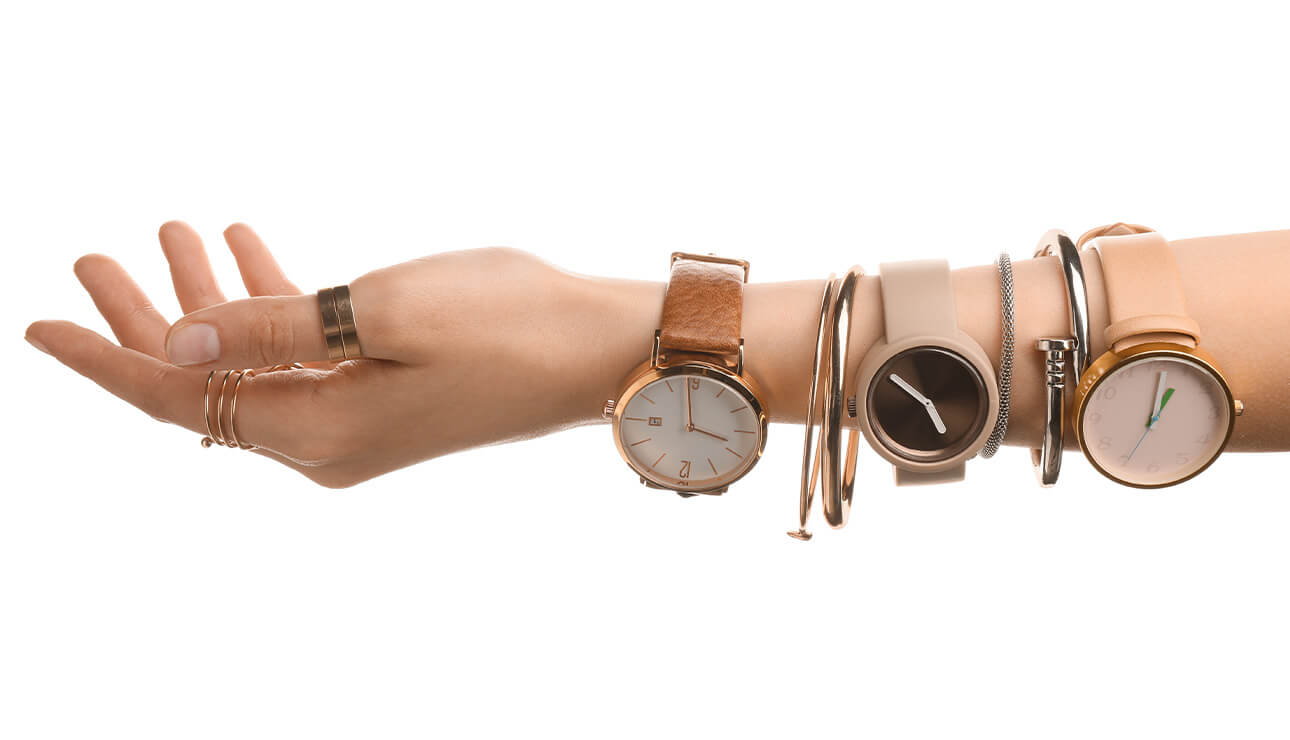
How to Measure Your Wrist for Watch Sizing
As previously mentioned, the most tradition way is to use a tape measurer and gather the measurement that way, but there are a few other tips and tricks I use instead.
The main one I use when taking links out of a steel bracelet is by pinching the excess links if you need a particular amount removed and from just looking at it you’ll have an approximate amount that require being taken out.
If you find that confusing, finding a current watch in your collection that fits you well and holds up against your fresh purchase also works wonders when it comes to finding the perfect size for your wrist.
Select the Size of the Watch Band
Selecting the right size band is essential in achieving comfort, style and functionality in your watch. A properly fitting band ensures that your watch stays secure on your wrist without being too tight or sliding up and down your arm. Coming in all different widths and lengths, watch band enhance the overall fit, feel and aesthetic of a watch making it suitable for certain type of wear over others.
Much like lug width or distance, the width of your watch band also corresponds to the identical measurement.
In terms of length of your watch band, if its too short, the watch won’t fit properly. On the other end of the spectrum, too long and the excess strap looks untidy and silly. Watch companies of issue two-piece band lengths (one for each side of your watch), which you are then able to match to your wrist measurements. As well as this, there are other option such as taking links out of your metal bracelet.
Always Try Before You Buy
Above every other step and/or recommendation in this article, this is the most important step. Particularly if you are spending a lot of money on a particular timepiece. It never hurts going into a jewellery store or authorised watch dealer to try on a watch. I know from personal experience; I tried on a watch before spending what was a significant amount of money at the time for me and it didn’t suit my wrist.
It is for this reason that you always try it on. It’s also quite helpful to get tips from those who work at these stores as they serve multiple customers a day coming in with very similar dilemmas.
Ultimately, trying on a watch gives you the utmost certainty before diving into a purchase or being underwhelmed when buying blind.
Frequently Asked Questions
How Can I Adjust My Watch?
Easy, you can either purchase a watch adjustment kit and do it yourself, otherwise going into your local jewellery store or place of purchase and they should be able to assist you.
How to Care for My Watch?
When spending lots of money on a watch it is important that you look after it regularly – much the same as you’d do with a car or anything that has mechanically moving parts.
By cleaning it regularly, keeping it away from magnets and having it serviced by a professional watchmaker every 3 – 5 years will make sure you get the most lifespan out of your watch.
How Long Do Watches Typically Last for?
It depends, if you purchase a quartz watch it may require multiple battery changes in order for it to last you years on years. Whereas an automatic piece if looked after correctly are able to withstand a lifetime, with the correct care and servicing that is.


